From February 27th to March 2nd, MWC 2017 World Mobile Congress was held in Barcelona, ​​Spain. As the world's top communication exhibition, the MWC conference attracted the attention of many manufacturers, media and practitioners, and the number of exhibitors was about 100,000. During the MWC conference, many manufacturers released heavy products and demonstrated various cutting-edge technologies.
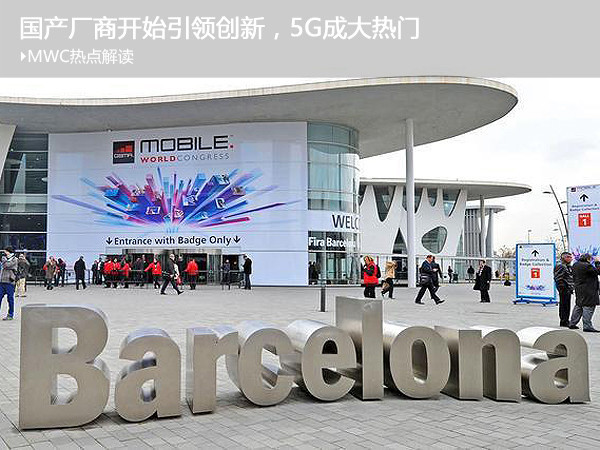
Excitingly, in addition to launching competitive products on MWC, domestic manufacturers have also brought a number of innovative technologies, such as Meizu's super fast charge and OPPO's 5x lossless zoom, which makes the overall lack of innovative mobile phone market. Get more attention. In addition, 5G (fifth generation mobile communication system) is also a hot spot of this MWC. Next, we will discuss the subtle changes and developments in the field of mobile communications in conjunction with the hotspots of MWC.
Domestic manufacturers began to lead innovation
In terms of mobile terminal equipment, the mobile phone industry is still the focus of the MWC conference. In Xiaobian's view, this year's MWC conference has two regrets. The first is Samsung's series of problems such as the unusual recall of Note7, and eventually the Samsung S8 will not arrive as scheduled. In addition, this year's MWC conference only Sony Xperia XZ Premium and ZTE Gigabit Phone are two new models equipped with Qualcomm Snapdragon 835 processor.
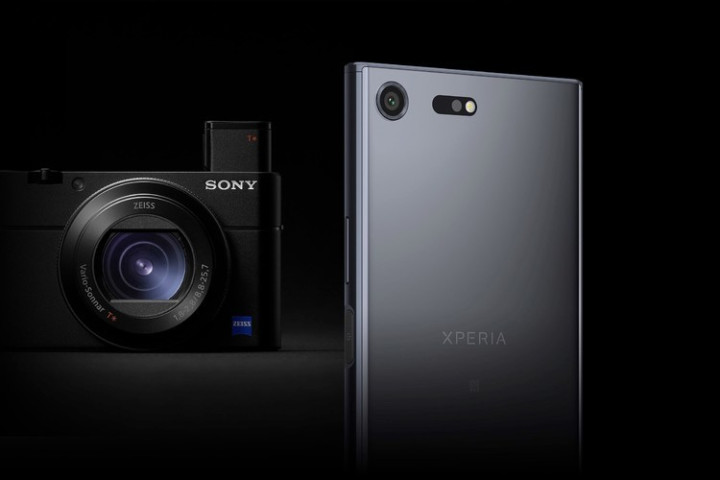
Of course, this year's MWC conference also has many excellent models, such as LG G6, Huawei P10 and Sony Xperia XZ Premium. However, unfortunately there are no very dazzling products. The LG G6 only has a high-screen screen that is slightly newer. The Huawei P10 is also an upgrade of conventional hardware. In addition, Sony Xperia XZ Premium has black technology such as 4K screen, Qualcomm Snapdragon 835 and the world's first three-layer stacked CMOS sensor (can shoot 960fps slow motion video), but it is also the old way of hardware upgrade.
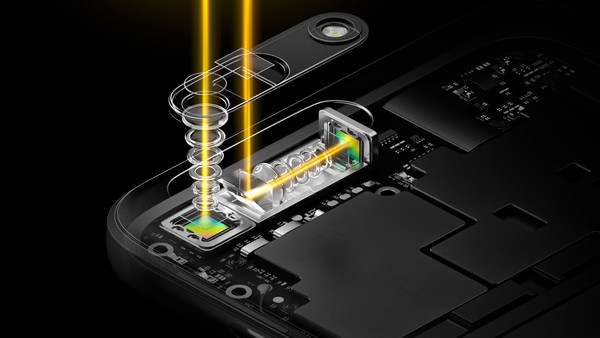
It is worth mentioning that with the rapid development of the domestic mobile phone market, with the upstream and downstream industry chains already perfect, domestic mobile phone manufacturers have begun to produce amazing technological innovations, and even lead innovation in many refinement areas. For example, OPPO released a 5x lossless zoom technology using a periscope dual camera structure at this year's MWC conference, which attracted widespread attention. In addition, Meizu released Super mCharge fast charge, with 11V/5A called "crazy" charging specifications, can be filled with 3000mAh in 20 minutes, and low temperature security.
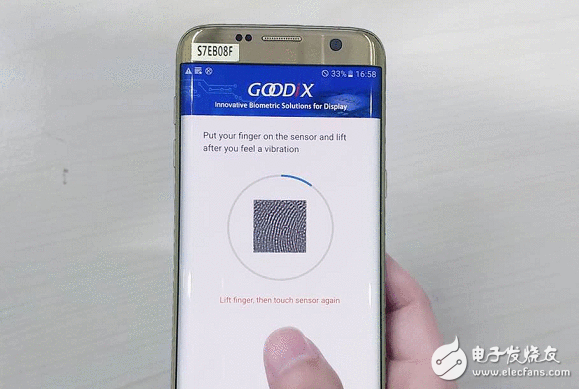
In addition to mobile phone manufacturers, domestic supply chain manufacturers also screened a lot of innovative technologies at this year's MWC conference. For example, Huiding Technology brings the technological innovation of “screen-based fingerprint recognition†and launches the world's first fingerprint recognition technology with full independent intellectual property rights. In addition, domestic screen manufacturer Tianma showed an OLED flexible screen, 5.46 inches 1280&TImes; 720 resolution, bending radius of 20 mm, brightness of 350 nits, looks quite cool.
AI or next focus
On the eve of this year's MWC conference, Xiao Bian once wrote that predicting artificial intelligence will become the next focus of the mobile phone industry. However, unfortunately, there are not many demonstrations of artificial intelligence applications at this year's MWC conference. However, in the course of the interview, we found that many manufacturers are very interested in artificial intelligence, and even some manufacturers have already entered the relevant research and development work.
When we interviewed Mr. Alain LEJEUNE, the general manager of TCL Communication's BlackBerry project, he said that as the APP on the mobile phone becomes more and more powerful, there will be new ways to manage your app and better serve your life. At the same time, artificial intelligence is also the direction of future development, which will allow us to use mobile phones to bring a different experience. In addition, when we interviewed the top executives of Cool, they revealed that Cool's new UI is developing in the direction of artificial intelligence, and has started to invest in research and development, which will be launched this year.
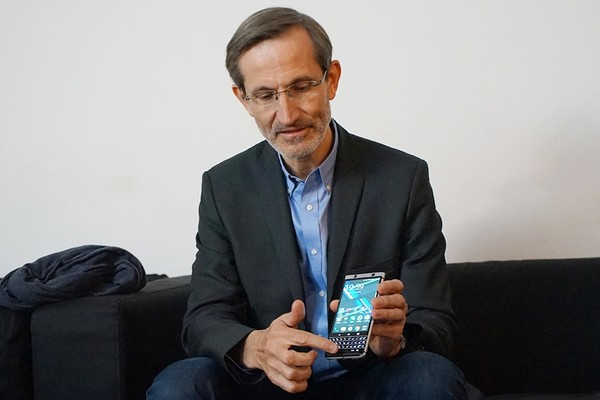
It is worth noting that the LG G6, which was unveiled at this year's MWC conference, is pre-installed with Google's artificial intelligence assistant Google Assistant (Google Assistant), and Google has announced that Google Assistant will be available to all devices running Android 6.0 and Android 7.0. This means that the next artificial intelligence will be popularized on smartphones.
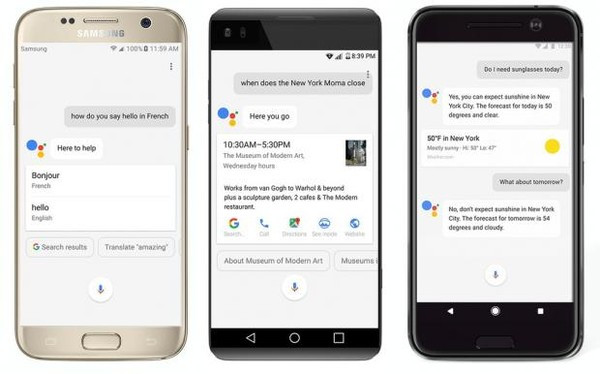
The addition of artificial intelligence assistants can make mobile phones and smart home devices smarter and make the experience of mobile Internet services more convenient. The launch of Glory Magic in December last year gave us a lot of imagination. Through the learning and analysis capabilities of the artificial intelligence assistant, the mobile phone can accurately determine our needs, then automatically manage or push us a convenient portal, and use the mobile phone to become smarter. For example, when we drive, the phone switches to driving mode. When a friend asks me to watch a movie, the phone can directly pop up the movie information and purchase the entrance.
5G did not come, but the Gigabit network has come.
Although it takes a long time to officially commercialize 5G, 5G still receives wide attention. At this year's MWC conference, communication operators, mobile device manufacturers and terminal chip manufacturers are eager to demonstrate 5G technology and various application scenarios.
At this year's MWC conference, a number of mobile communication companies announced that they will jointly support the accelerated 5G new air interface (5G NR) standardization process to promote the large-scale trial and deployment of 5G new airspace as early as 2019. At present, the 3GPP standard of the Global Mobile Telecommunications Standardization Organization is developing a 5G standard. According to the 3GPP Release 15 schedule, the 5G new air interface deployment based on the standards-compliant 5G new air interface infrastructure and terminals will be realized as early as 2020.
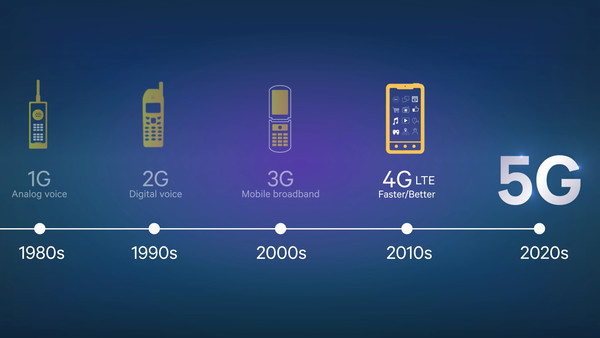
The arrival of 5G means that we can experience faster network speeds with peaks of up to 20Gbps and delays of less than 1ms. However, in addition to faster networks, it is worth noting that after 5G commercialization, there will be an exploratory growth of new services, such as 5G in driverless, smart city, VR/AR virtual augmented reality and smart home. The field has great potential.
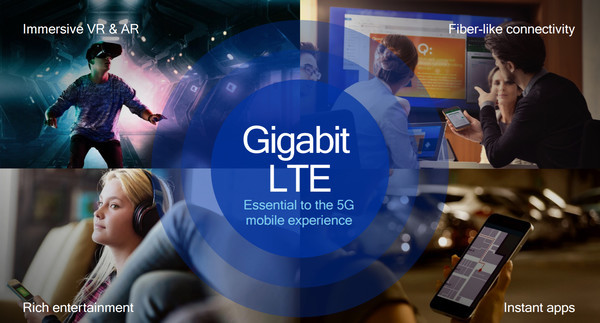
For example, the current development of VR is subject to many restrictions. If you pay attention to the visual effects, you need to use cumbersome cables to connect VR glasses and the host, subject to the venue. However, if the cable is removed, the wireless transmission scheme is adopted, which is limited by the delay of the wireless transmission and the code stream. The VR image quality is not only rough and full of graininess, but also makes people feel dizzy. However, in the 5G era, high-speed network transmission makes VR no longer subject to cable, and the delay of data transmission can be controlled within 10ms, so that VR can get a better experience.
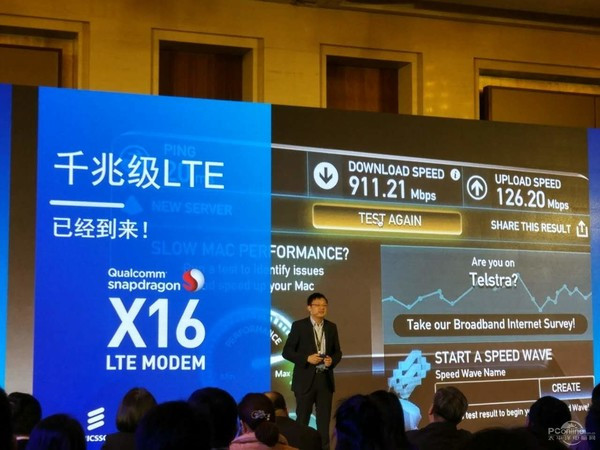
It is worth mentioning that before the 5G arrives, we may also use the Gigabit LTE network in advance. The LTE network actually represents Long Term EvoluTIon (Long Term Evolution), such as the 300Mbps 4G+ network we use today. However, Qualcomm feels that 4G+ is not fast enough, and is working with partners to continue to lead LTE evolution through LTE-Advanced Pro, launching Gigabit LTE (LTE) network. The Gigabit LTE network is built on a 4G network and provides an unprecedented connection experience. In the future, the Gigabit LTE network will smoothly transition to the 5G network, and at the same time it will become an important supplement to the 5G network. That is, when the 5G signal is not reset, it can fall back to the stable 4G LTE network, and the speed is not SLOW.
Conclusion:
Although we did not see particularly amazing products at this year's MWC conference, Huawei P10, LG G6 and Sony Xperia XZ Premium seem to be good. It is worth mentioning that domestic manufacturers have demonstrated a lot of innovative technologies at this year's MWC conference, and even lead the way in innovation in many segments. In addition, the future development of artificial intelligence and 5G is also worthy of embarrassment.
Lithium Battery Pack,6V Lithium Battery Pack,6 Volt Lithium Battery,Crv3 Lithium Battery
Jiangmen Hongli Energy Co.ltd , https://www.honglienergy.com